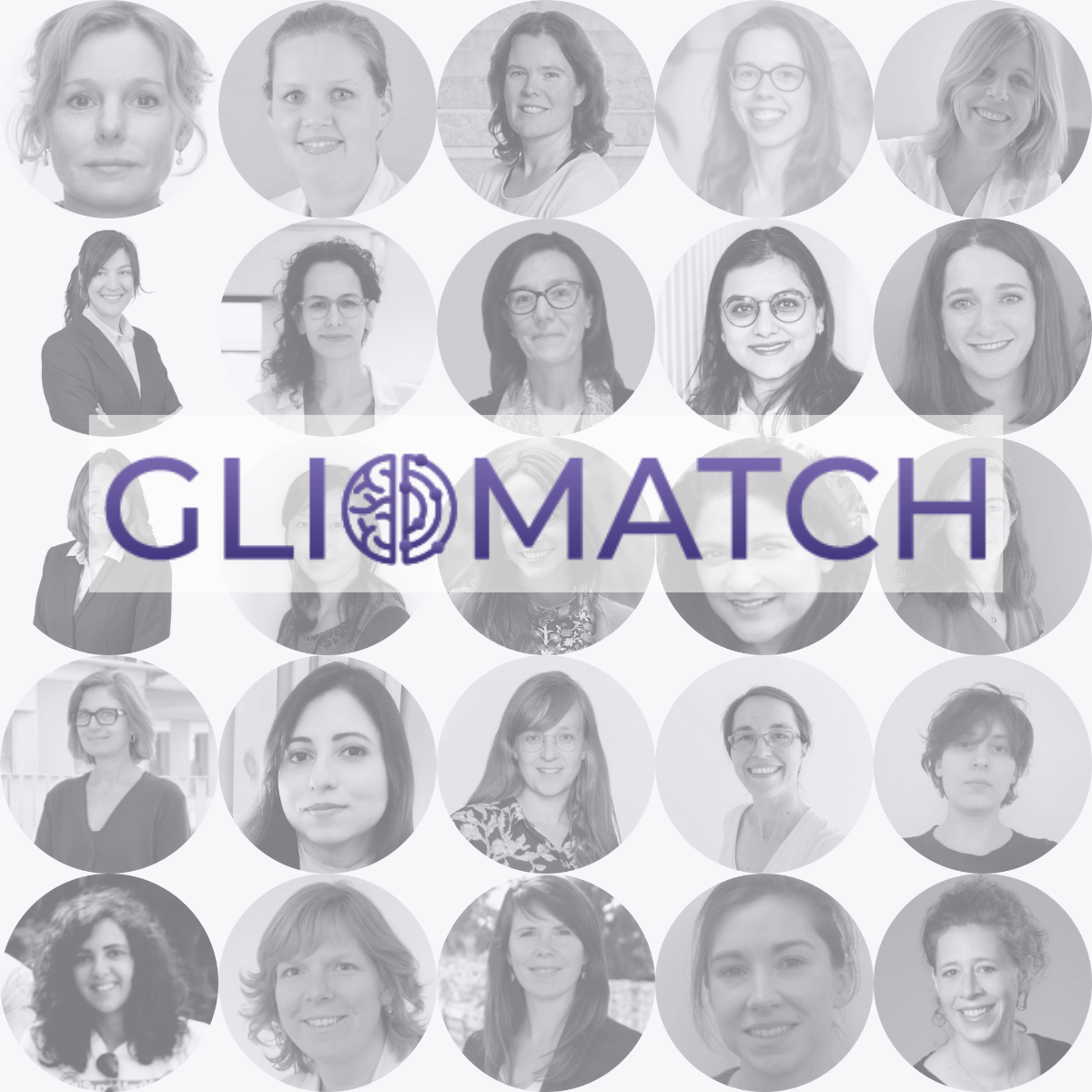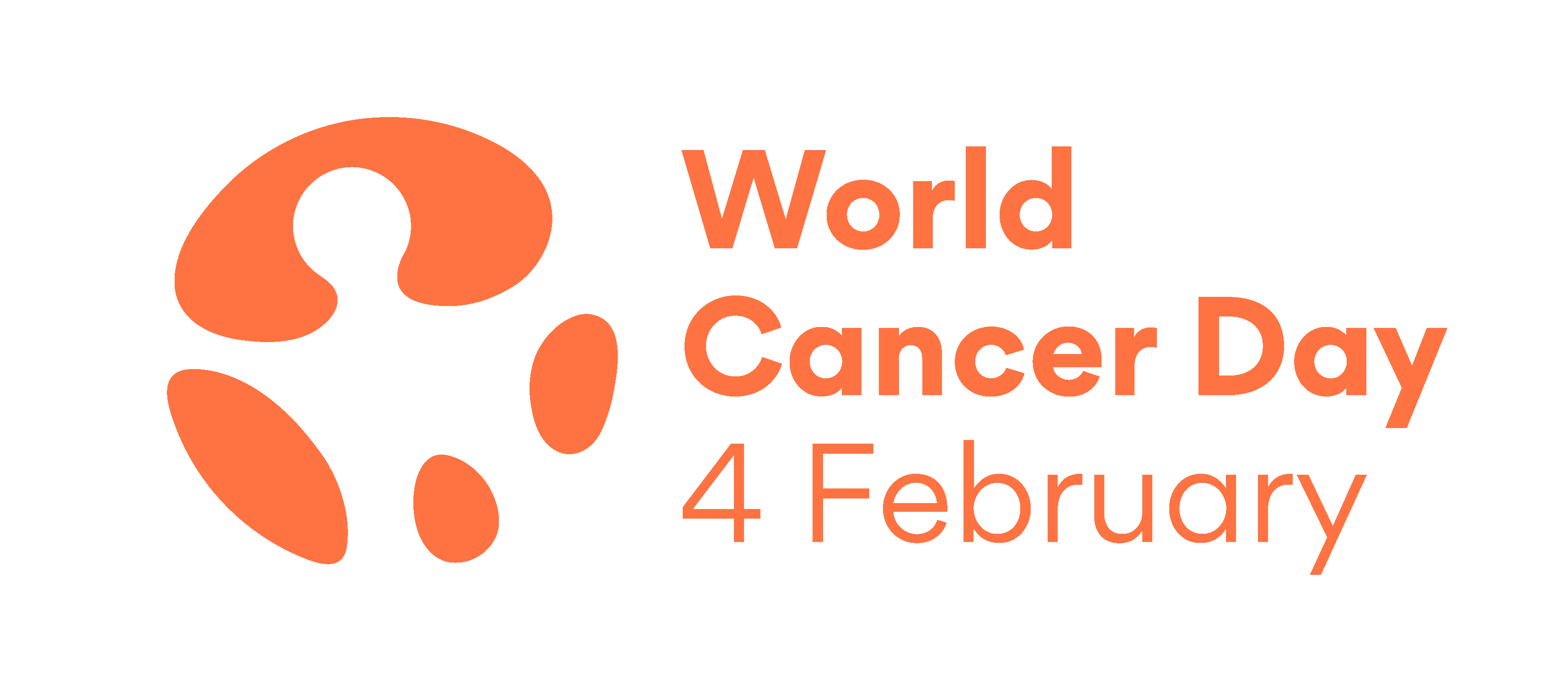The GLIOMATCH press release from January 2024 introduces the project and its goals. Read about it in our news article below or download the press release as pdf.
The World Health Organization reveals a sombre reality: cancer ranks as the world’s second-leading cause of death. Without intervention, the European Cancer Information System predicts that Europe alone will see a rise in diagnosed cases from 2.7 million to 3.24 million yearly by 2040. Cancer poses a tremendous strain on individuals, families, communities, and healthcare systems. Malignant gliomas, or highly aggressive brain tumours, take centre stage in this mounting crisis. With under 2% of long-term survivors, their grip on patients and their families is nothing short of devastating.
GLIOMATCH is set to rewrite this grim narrative by pioneering targeted brain cancer treatment. In alignment with Europe’s Beating Cancer Plan, it tackles the EU Cancer Mission‘s four-pronged assignment: understanding cancer, prevention and early detection, diagnosis and treatment, and quality of life for patients and their families.
Empowering tailored treatments for brain cancer
Challenges in reducing brain cancer mortality persist due to patient variability and the complex, ever-changing nature of each tumour. Immunotherapy shows promise, albeit selectively, as biomarkers remain scarce, hampering patient identification. Elusive tracking of treatment efficacy adds to the bleak scenario. Presently, nearly 20% of adult Glioblastoma (GBM) and paediatric high-grade glioma (pHGG) patients may benefit from treatment tailored to the characteristics of their tumour. In the absence of suitable biomarkers, many receive suboptimal or random immunotherapy applications.
The GLIOMATCH team seeks change. It will develop a biomarker framework, combining deep tissue profiling and non-invasive MRI imaging and empowering clinical professionals to precisely tailor and interpret treatments for GBM/pHGG patients. This offers hope for improved outcomes.
Breaking two decades of stalemate with three key innovations
For over two decades, the standard of care for GBM and pHGG treatment has remained unaltered. Over five years, GLIOMATCH plans to shatter the status quo with three pivotal innovations: an MRI Radio-Multiomics Digital Hub, a state-of-the-art spatio-temporal pathological model, and an extensive data lake. By aligning across 8 European clinical centres, the project’s clinical trials will analyse the largest cohort of immuno-oncology treated GBM/pHGG patients, unlocking invaluable insights, and proposing novel treatment options. Extensive clinical trials will harness the power of data by integrating spatially resolved, multi-layered tissue maps with non-invasive MRI images, creating a cutting-edge MRI Radio-Multiomics Hub. With this hub, clinical professionals will be able to stratify patients, match therapies, and interpret treatment efficacy with unprecedented precision. Integration of its work into the Understanding Cancer Initiative (UNCAN) compatible data lake, will further enhance data-driven cancer therapy decision-making.
KU Leuven will lead the GLIOMATCH consortium uniting 14 partners from diverse disciplines, including clinical experts, medical practitioners, data scientists, and health economists. This alliance, bolstered by active patient involvement, is well-equipped to explore uncharted territories of brain cancer treatment and contribute to Europe’s holistic strategy of mitigating the adverse societal impact of the disease.
Coordinated by KU Leuven and the Laboratory for Precision Cancer Medicine
Who better to coordinate this project than KU Leuven, currently ranked as the top grant recipient university of Horizon Europe’s funds for research and innovation? The university boasts the Laboratory for Precision Cancer Medicine (LPCM), attached to the Translational Cell and Tissue Research Unit of the Department of Imaging and Pathology and the Leuven Institute for Single-cell Omics (LISCO), dedicated to precision matching of cancer treatments with patients.





